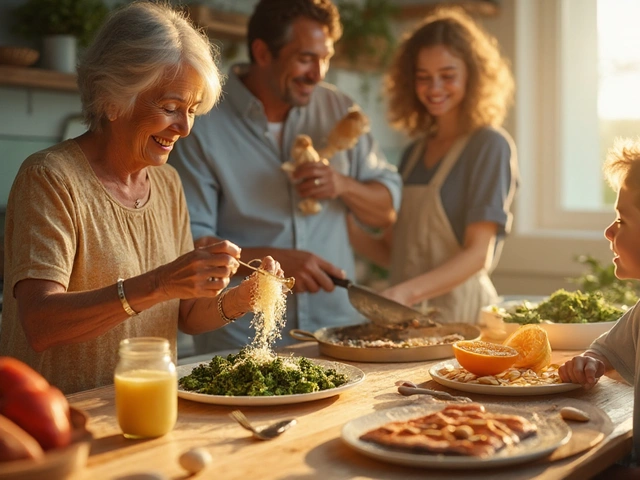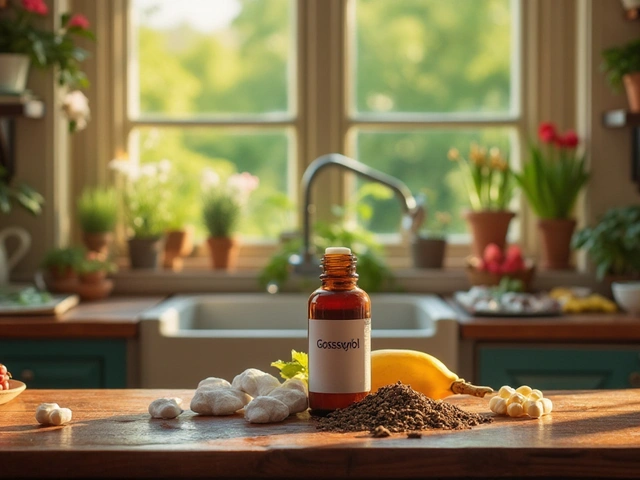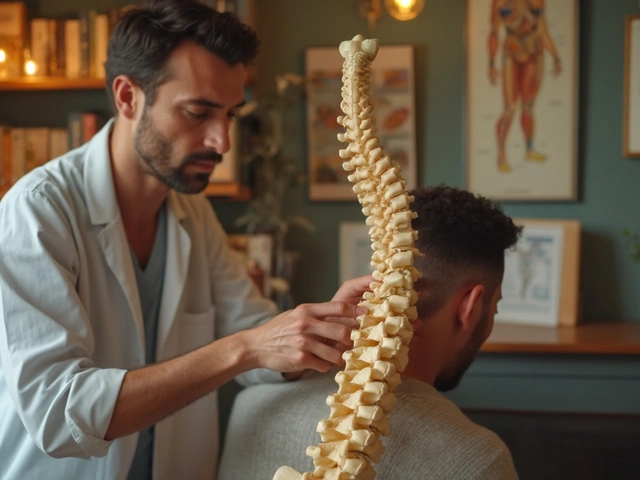Healthy Food Placement: How Store Layouts Influence What You Eat
When you walk into a grocery store, healthy food placement, the strategic positioning of nutritious items like fruits, vegetables, and whole grains in high-traffic areas. Also known as nutritional merchandising, it’s not just about making food look good—it’s about guiding your choices before you even think about them. Most stores don’t put the healthiest stuff where you’d naturally look first. They put it where it makes the most profit. That means the produce section might be tucked in the back, while sugary cereals and chips sit right at eye level near the entrance. This isn’t an accident. It’s science.
grocery store layout, the physical arrangement of aisles, shelves, and displays designed to maximize sales. Also known as retail design, it’s built to keep you walking longer, seeing more, and buying more—even if you didn’t plan to. Studies from the University of Illinois and the American Journal of Preventive Medicine show that when fruits and vegetables are placed at the front of the store or near checkout lanes, people buy 20-30% more of them. Same goes for water instead of soda. When healthy options are easier to reach, you’re more likely to grab them. But if they’re hidden behind candy or stacked on top shelves, you’ll skip them—even if you meant to eat better today.
It’s not just about where things are. It’s about how they’re presented. End caps—the displays at the ends of aisles—are prime real estate. Stores know this. That’s why you’ll often see discounted snacks there. But if a store puts fresh berries, nuts, or whole grain bread on an end cap instead? That’s a win. Shelf height matters too. Eye-level shelves get the most attention. Kids’ cereals sit at their level. Healthy snacks should be there too. Even lighting and color play a role. Bright lights on produce make it look fresher. Warm tones near baked goods make them feel comforting. These aren’t tricks—they’re tools. And you can use them.
If you want to eat better, don’t just rely on willpower. Change your environment. Shop at stores that put healthy food first. Notice how stores arrange their shelves. Ask yourself: Is the salad bar near the entrance? Are the whole grains at eye level? Are the sugary drinks tucked away? The answers tell you more about what you’ll buy than your grocery list ever will. And if your favorite store doesn’t do it well? You can still take control. Start by walking the perimeter first—that’s where the fresh stuff usually is. Skip the middle aisles unless you need something specific. Bring a list. Stick to it.
What you’ll find below are real examples of how food placement affects what people eat—and what they don’t. From how pharmacies sell vitamins next to candy, to how hospitals redesign cafeterias to nudge staff toward salads, these posts show you the hidden rules of food shopping. You’ll see what works, what backfires, and how small changes in layout can lead to big shifts in health. No fluff. No theory. Just what actually moves the needle when it comes to eating better.





